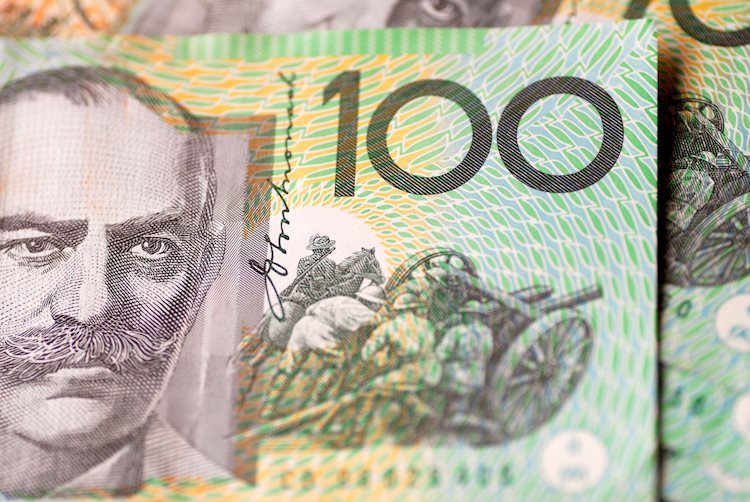The AUD/USD pair is currently trading around 0.6600 as investors await the Reserve Bank of Australia’s (RBA) monetary policy decision and the US presidential elections. The US Dollar Index (DXY) is down almost 0.6% near 103.70 due to uncertainty surrounding the elections, with polls showing a close race between Vice President Kamala Harris and former President Donald Trump. A victory for Trump would be favorable for the US Dollar, while a win for Harris would be beneficial for risk-sensitive currencies.
The US Dollar will also be influenced by the Federal Reserve’s interest rate decision this week, with expectations of a 25 basis point cut. In contrast, the RBA is expected to keep interest rates unchanged at 4.35%. In addition to interest rates, factors that affect the Australian Dollar include the price of its biggest export, Iron Ore, the health of the Chinese economy, inflation rates, trade balance, and market sentiment. Positive Chinese growth data and higher Iron Ore prices tend to lift the value of the AUD.
The RBA plays a crucial role in determining the level of interest rates in Australia, with the main goal of maintaining stable inflation rates. High interest rates compared to other major central banks support the AUD, while quantitative easing has a negative impact. China’s economic health also influences the Australian Dollar as it is Australia’s largest trading partner. Positive Chinese growth data increases demand for Australian exports, leading to a stronger AUD.
Iron Ore is Australia’s largest export, with China being its primary destination. Changes in the price of Iron Ore impact the value of the Australian Dollar, as higher prices lead to increased demand for the currency. The Trade Balance, which reflects the difference between a country’s exports and imports, also influences the Australian Dollar. A positive trade balance strengthens the AUD, while a negative balance can weaken it.
Overall, the AUD/USD pair remains steady as investors await key events such as the RBA policy decision, the US presidential elections, and the Fed’s interest rate announcement. Market sentiment is crucial, with risk-on behavior favoring the AUD. Factors such as interest rates, Chinese economic health, Iron Ore prices, and trade balance also play a significant role in determining the value of the Australian Dollar. Investors will closely monitor developments in these areas to gauge the future direction of the AUD/USD pair.











